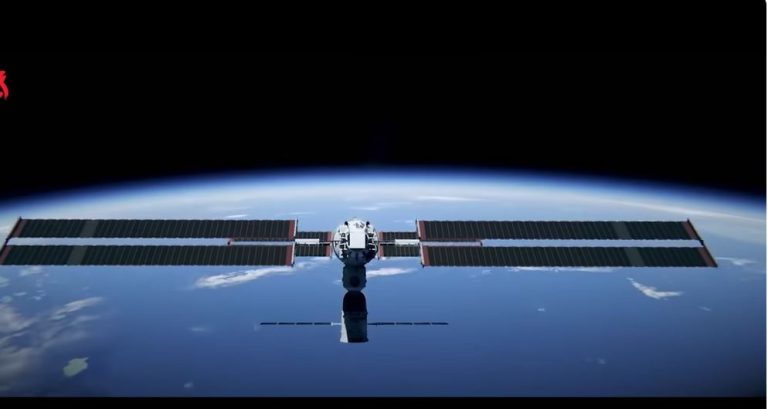China’s Tiangong Space Station Welcomes New Crew and Prepares for Expansion
A Busy Week for China’s Space Program
This week has been a significant one for China’s space program. The Shenzhou-19 spacecraft successfully docked with the Tiangong space station, marking the arrival of three new astronauts and the beginning of a crew handover. This historic event brings the total number of astronauts aboard Tiangong to six, representing a multi-generational team born in the 1970s, 1980s, and 1990s.
The Shenzhou-19 mission, led by veteran astronaut Cai Xuzhe, includes Song Lingdong, an air force pilot making his first spaceflight, and Wang Haoze, China’s first female space engineer. They join the existing Shenzhou-18 crew who have been onboard Tiangong since April.
Science Takes Center Stage
The Shenzhou-19 mission is packed with scientific exploration. The crew is scheduled to conduct a series of 86 experiments and projects, with a strong focus on life sciences. One particularly interesting experiment will send fruit flies into space housed in a special sub-magnetic facility. Studying their development, growth, and behavioral changes in the space environment will provide valuable insights for future human missions to the Moon and Mars, which have weak or no magnetic fields compared to Earth.
Tiangong’s Future Looks Bright
China’s ambitions for its space station extend far beyond the current crew rotation. The China Manned Space Agency (CMSEO) has ambitious plans to expand Tiangong in the coming years. The first step will be launching a new multifunctional module with additional docking ports, offering more opportunities for international collaboration and potentially even hosting space tourists and commercial ventures.
CMSEO is also looking to streamline logistics with the selection of two low-cost cargo transportation systems. This move mirrors NASA’s successful Commercial Resupply Services (CRS) program for the International Space Station. The chosen concepts, the Qingzhou cargo spacecraft and the Haolong cargo space shuttle, offer exciting possibilities for efficient and cost-effective resupply of Tiangong.
The arrival of the Shenzhou-19 crew and the announcement of future expansion plans solidify China’s position as a major player in space exploration. With a focus on scientific research and international collaboration, Tiangong is poised to become a vital hub for space exploration in the coming decades.
Hashtags:
#ChinaSpaceProgram, #TiangongSpaceStation, #Shenzhou19, #SpaceExploration, #SpaceScience, #InternationalCollaboration, #FutureofSpace

